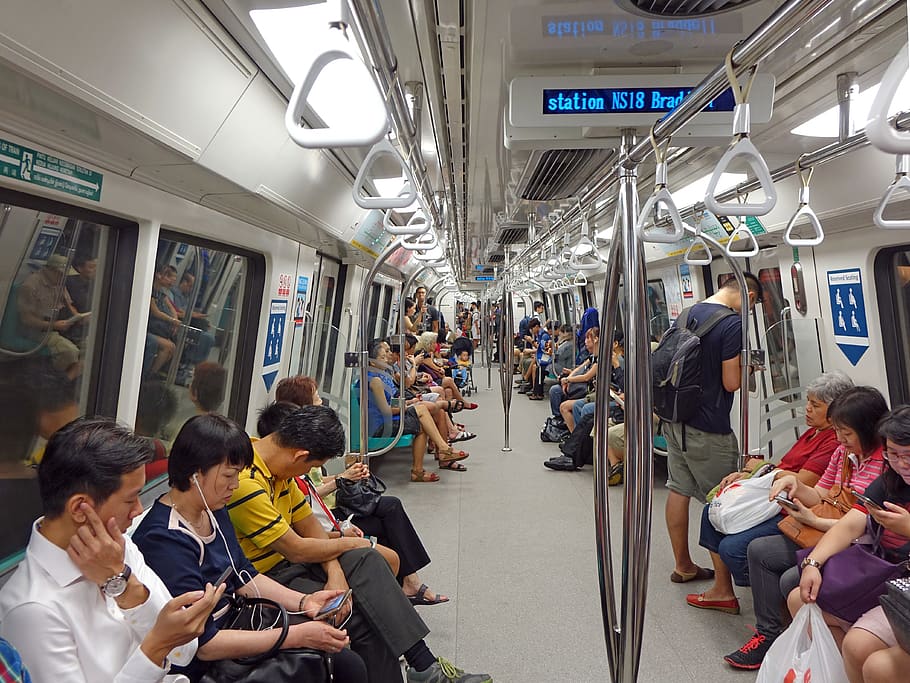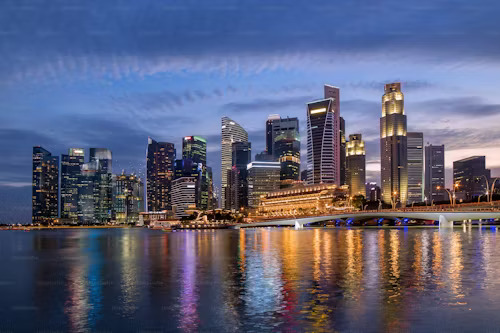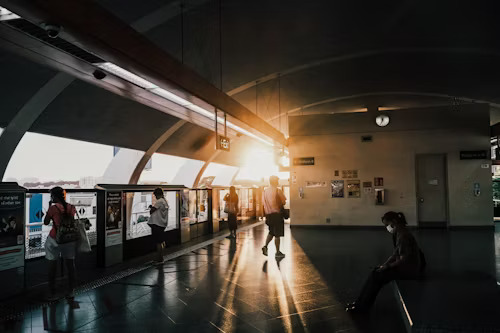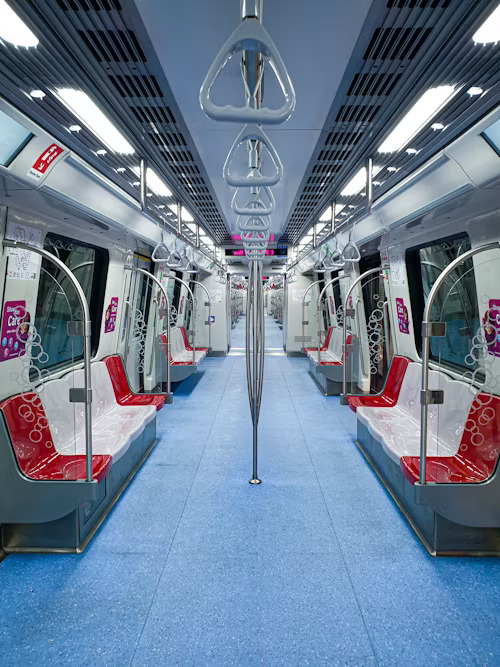The Evolution of Singapore's Mass Rapid Transit (MRT) System

The Evolution of Singapore's Mass Rapid Transit (MRT) System
The Mass Rapid Transit (MRT) system serves as the backbone of Singapore’s public transport network, having officially launched in 1988. Today, it features four main lines: North-South, East-West, North-East, and Circle, with additional lines currently under construction. By 2012, the network had expanded to 99 stations over a distance of approximately 149 kilometers.
The Land Transport Authority (LTA) oversees the MRT's operations, with SMRT Trains Ltd managing the North-South, East-West, and Circle lines, while SBS Transit operates the North-East line.

The Conceptualization of the MRT
The MRT's inception dates back to a 1967 study by the United Nations Development Programme and the Singapore State and City Planning Department. This study anticipated a population of 3.4 million by 1992, underscoring the need for enhanced road infrastructure and a robust mass transit system. By the 1970s, worsening traffic congestion highlighted the urgency for a solution.
In 1972, a comprehensive transport study known as the Singapore Mass Transit Study was initiated. The first phase analyzed future transport demands and recommended rail mass transit as the optimal solution. The second phase, conducted in 1975, assessed the technical and economic feasibility of the project, favoring a bus-rail system over an all-bus approach.
Despite these recommendations, government hesitance stemmed from high costs and potential impacts on land use. A World Bank review raised concerns about the study's cost estimates and benefits, adding to the uncertainty.
Government Commitment and Early Developments
A third phase, spanning 1979 to 1980, produced a preliminary engineering design. By 1980, the Provisional Mass Rapid Transit Authority was established to lay the groundwork for construction. However, government reluctance persisted, influenced by a review team led by Kenneth Hansen, which proposed an all-bus system instead.
The Hansen report sparked public interest, with extensive media coverage and community debates. Ultimately, in May 1982, the government greenlit the S$5-billion MRT project, with Minister Ong Teng Cheong emphasizing its role in boosting investor confidence.
In 1983, MRT Corporation took over construction and operational responsibilities, followed by the establishment of Singapore Mass Rapid Transit (SMRT) Ltd in 1987.

Launch of the Initial MRT Lines
The MRT system approved in 1982 included three lines totaling 67 kilometers: the North-South Line, the East-West Line, and a Western Line. The North-South Line, chosen for its heavy traffic congestion, became the first to be constructed. The network featured 42 stations, with a mix of underground and above-ground options, utilizing various construction methods to minimize public disruption.
The MRT began operations on November 7, 1987, and was officially launched by then Prime Minister Lee Kuan Yew in March 1988. An extension to Woodlands was completed in 1996.
Expansion of the MRT Network
The North-East Line (NEL) was proposed in 1984 to address growing congestion in the north-east region. After a revised financing approach in 1996, construction began, leading to its opening on June 20, 2003, as the world's first fully automated heavy rail system. The NEL also introduced the Art in Transit program to integrate public art into MRT stations.
The Circle Line, envisioned in the 1990s to enhance connectivity, faced delays but was fully operational by October 2011.
Safety Concerns and Service Disruptions
The MRT has experienced several accidents and service disruptions over the years. The first significant accident occurred in 1993, followed by a tragic incident in 2011 that led to the installation of safety screen doors at above-ground stations. Notable service breakdowns in December 2011 raised public concerns over operational reliability, resulting in leadership changes within SMRT.
Future Developments and Expansion Plans
Singapore's Land Transport Masterplan outlines ambitious goals for public transport. The LTA aims to increase the rail network from 138 km to 278 km by 2020, with further plans to double the number of MRT interchanges and enhance accessibility.
Several new lines and extensions are planned, including:
- Tuas West Extension: Connecting four new stations to the East-West Line, expected by 2016.
- Downtown Line (DTL): Facilitating direct travel to the Central Business District by 2017.
- Thomson Line (TSL): Linking northern residential areas to the city by 2018.
- Eastern Region Line (ERL): Connecting Changi to Marina Bay, anticipated by 2020.
- Jurong Region Line (JRL): Connecting various hubs in Jurong, expected by 2025.
- Cross-Island Line (CRL): Spanning east to west, projected for completion by 2030.

Through continuous improvements and expansions, Singapore's MRT system aims to remain a vital component of the nation’s public transport infrastructure.